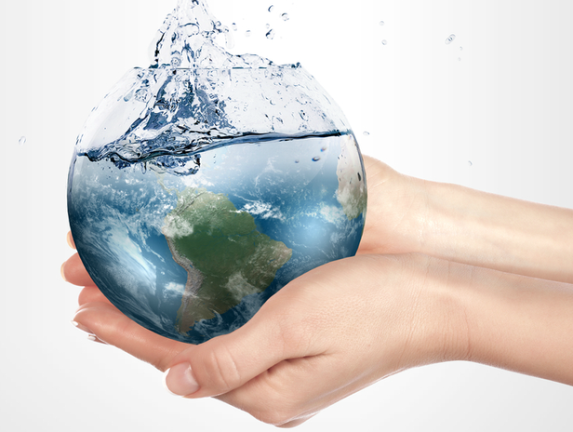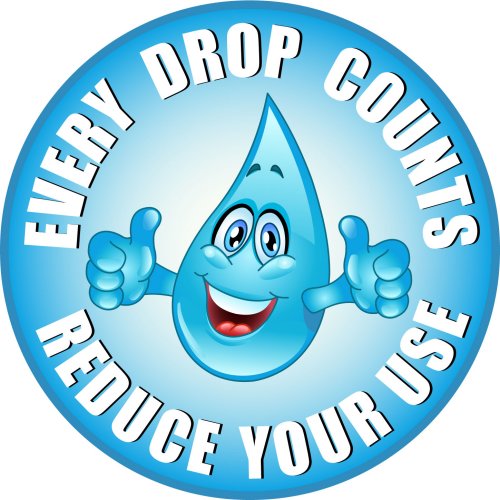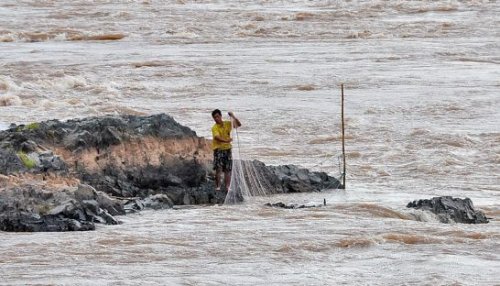World Could See Many Water Conflicts In Coming Years
Source: montgomery-herald, by Jack Stevenson
We have two kinds of water problems: too much and not enough. The oceans cover 70 percent of our planet, and they contain 97 percent of the water on the planet. Samuel Coleridge in the Rime of the Ancient Mariner: “Water, water every where, Nor any drop to drink.”
The remaining three percent is freshwater (no salt), and approximately 69 percent of that freshwater is ice at the South Pole (Antarctica) and the Greenland ice sheet. The remaining fraction of fresh water provides life to all of the vegetation and animal life that requires freshwater. The water is unevenly distributed and arrives in irregular gushes.
The United States, excluding Alaska and Hawaii, is about 3 million square miles. Antarctica is 5.4 million square miles, and the Greenland ice covers another 1.3 million square miles. The average thickness of the Antarctic ice is about 7000 feet. The average thickness of the Greenland ice is about a mile. That’s where earth’s fresh water is — in the freezer.
The United Arab Emirates is tinkering with a scheme to tow icebergs from Antarctica to the parched Middle East. Most observers think that it is unlikely to work well. But the desperation, as Robbie Gramer wrote in the Foreign Policy journal, indicates that “Water not oil may become the most precious commodity. . . .”
Some researchers believe that starvation and disease killed most of the people that lived during the past several thousand years. Climate disruptions causing crop and pasture failures were the cause. Sometimes it was flooding but more often drought gets the blame.
The U.S. Defense Department and some senior military officials have expressed the belief that climate disruptions may cause famine, civil strife, and mass migration in the decades ahead. Admiral Samuel Locklear (Ret.) expressed that view when he headed the U.S. Pacific Command.
Scientists Emond Mathez and Jason Smerdon write in their book Climate Change: “History is replete with examples in which a changing climate, mainly through its effect on food supplies, appears to have been a contributory, if not the primary, cause of human conflict or civilization decline. As climate records have become better resolved, statistically robust relationships between climate change and human conflict have emerged.”
The reason that water is taking on such great importance is that, of the small percentage of fresh water available to us, 70 percent is used to irrigate agricultural crops, and our population, now 7.6 billion, is still increasing.
Underground aquifers, water reservoirs that accumulated over thousands of years, are rapidly being pumped dry.
Investors are racing to buy water rights.
Governments with inadequate funding are selling their water systems to for-profit corporations that are not shy about overcharging the poorest members of society.
Harvard University is using their $39 billion endowment fund to buy California wineries, probably not for the wine but for the water rights that go with the property. They have purchased 10,000 acres.
California has a long-standing water deficiency problem, but even though California has more than 39 million people, household water use, i.e., drinking, cooking, bathing, and laundry account for only 14 percent of California’s water consumption. About 80 percent is used to farm dry land. It requires about 120 gallons of water to grow the vegetation that eventually becomes a pound of hamburger.

There are places where water disputes could easily trigger war. Pakistan and India face each other militarily in the Himalayan Mountains where the water that sustains life in Pakistan originates. If India were to divert the water, the citizens of Pakistan would starve. Both countries have nuclear weapons.
The Tigris and Euphrates rivers of biblical fame sustain life in Iraq and Syria. The water for those systems originates in Turkey and Iran.
A generation of Americans gained some acquaintance with the Mekong River in Vietnam. The Mekong Delta is the rice bowl that feeds the country. Mekong River water originates in China and flows through Myanmar (Burma), Laos, Cambodia, and Thailand before reaching Vietnam. Thailand and Laos have considered building hydroelectric dams on the Mekong. That would give those countries undue influence over Vietnam, and it could generate violence.
If climate change trends continue and if population continues to increase, water conflicts will probably be an aspect of our future.





